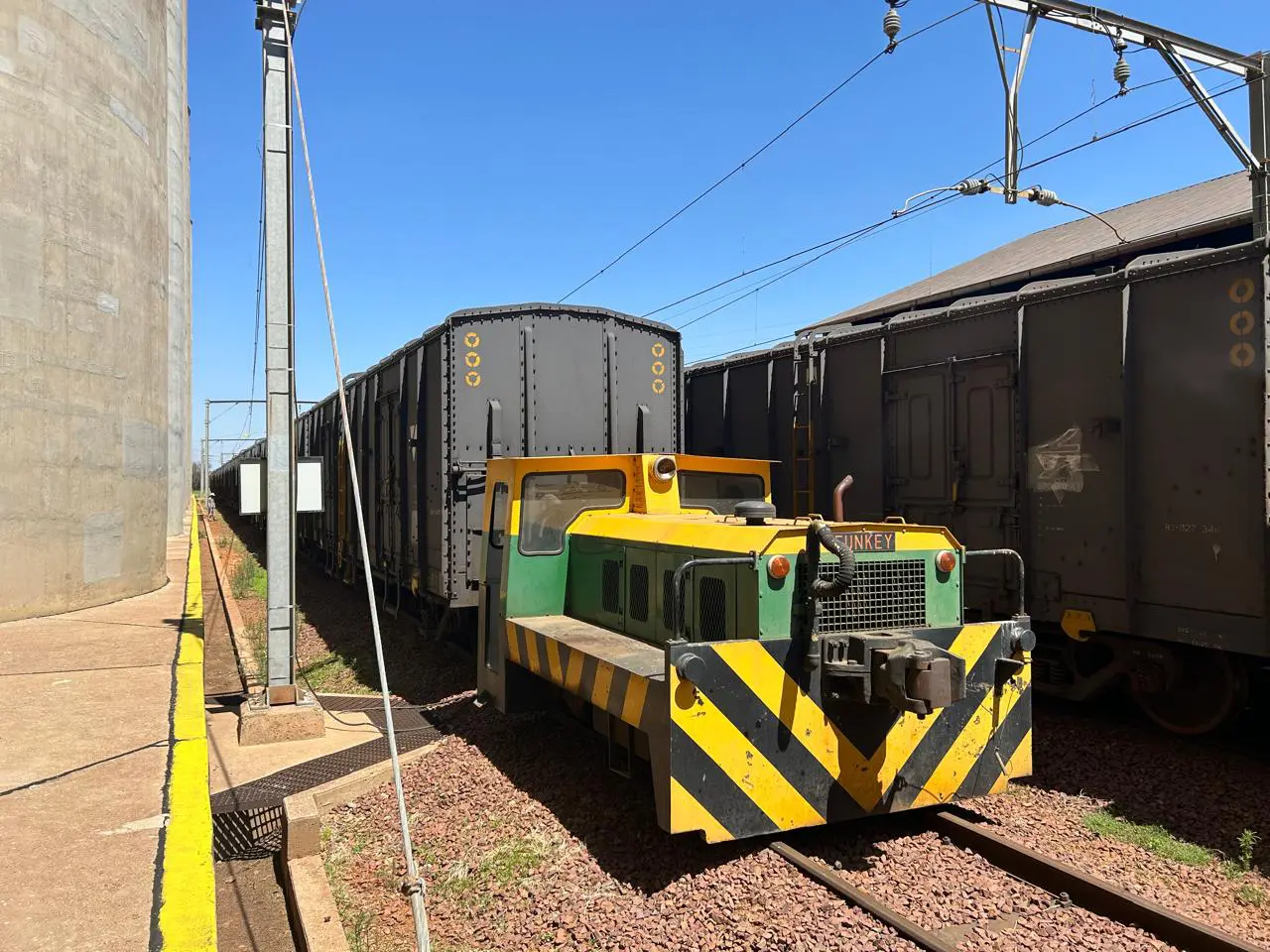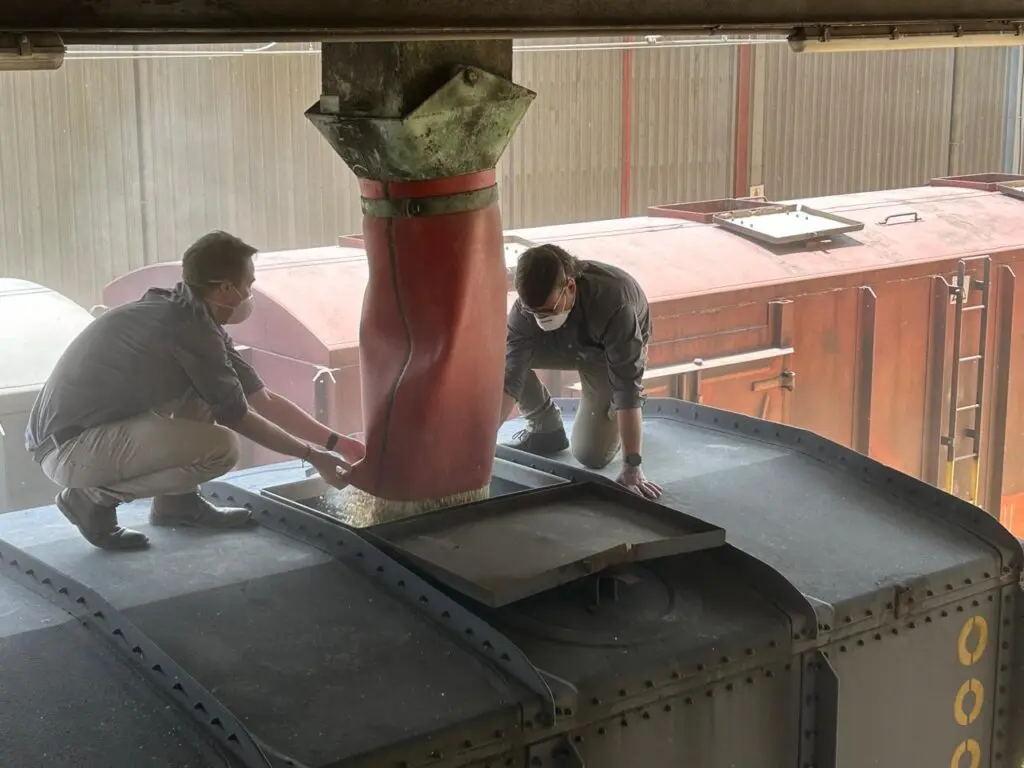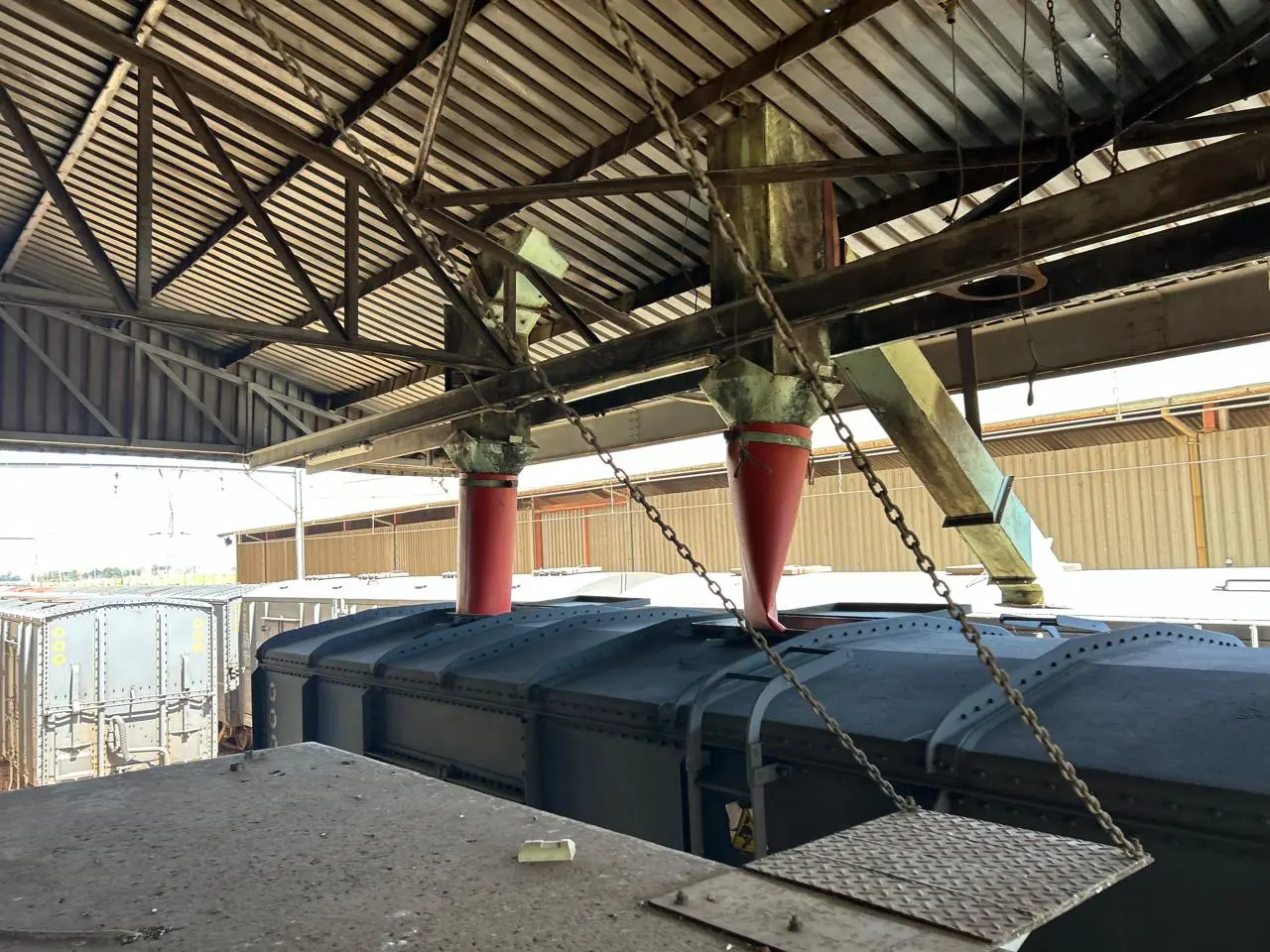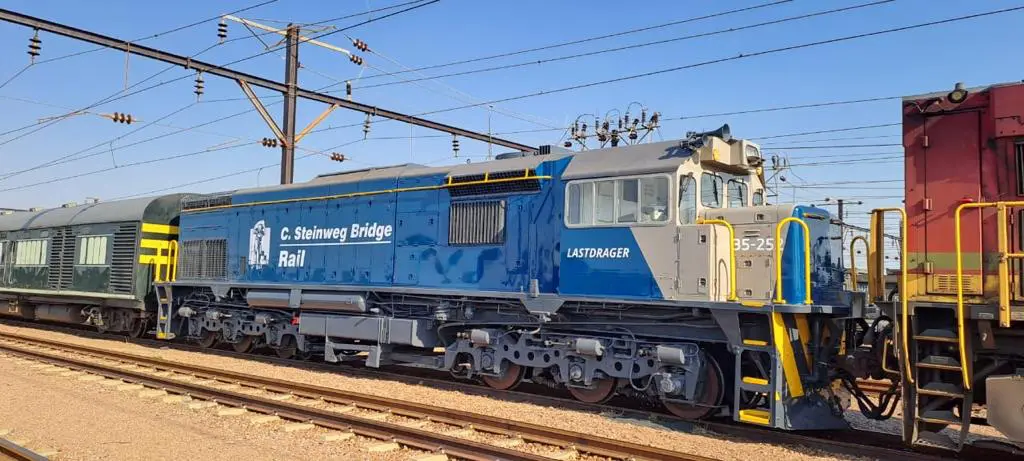In the heart of Africa lies a vast, underutilised asset—it’s regional railway networks. Stretching across Southern and Eastern Africa, these rail lines, many dating back to colonial times, offer more than just historical intrigue. They represent a critical but often overlooked opportunity to redefine the continent’s logistics landscape, particularly for bulk and project cargo.
The Case for Rail in African Logistics
While road transport has long dominated Africa’s logistics sector, it comes with mounting costs—fuel consumption, road degradation, traffic congestion, and a growing carbon footprint. In contrast, rail offers a more sustainable and scalable solution. With significantly lower emissions per ton-kilometre and higher capacity for bulk movement, rail is especially well-suited to the needs of mining, construction, and large-scale industrial projects.
However, decades of underinvestment have left many of these networks underdeveloped or disconnected. Border bottlenecks, ageing infrastructure, and a lack of regional coordination have all hindered their potential. But that tide is beginning to turn.
Rediscovering and Revitalising Hidden Rail Routes
Through innovative routing strategies and on-the-ground partnerships, we are unlocking lesser-known rail corridors that connect landlocked regions to key ports, easing the movement of cargo across borders and cutting transit times.
From the TAZARA railway between Zambia and Tanzania, to underused branch lines linking Zimbabwe, Mozambique, and South Africa, we’re mapping and leveraging routes that many in the industry have written off. These strategic rail paths allow for the efficient handling of heavy, non-containerised cargo while reducing dependency on long-haul trucking.

Building a More Sustainable System
Sustainability is no longer a luxury—it’s a necessity. Steinweg’s approach integrates environmental considerations into every leg of the supply chain. Rail transport not only minimises fuel use and CO₂ emissions but also alleviates pressure on road infrastructure, contributing to longer road life and fewer accidents.
By aligning with governments, private railway operators, and infrastructure investors, we are also contributing to capacity-building across the rail sector. In many cases, this involves investing in improved handling equipment, upgraded sidings, and coordination with intermodal transport hubs to ensure a seamless transfer between rail and road.

The Future is on Track
As Africa looks to accelerate industrial growth and inter-regional trade, rail must become a central piece of the logistics puzzle. Projects under the African Continental Free Trade Area (AfCFTA) framework will require integrated, cross-border transport solutions that are both cost-effective and environmentally sound. Rail is poised to play that role—if stakeholders continue to invest in its potential.
At Steinweg, we see Africa’s hidden railways not as relics of the past, but as tracks to the future. With the right vision, partnerships, and persistence, these steel arteries can form the backbone of a sustainable, efficient, and forward-looking logistics network across the continent.
Let’s get Africa’s logistics system back on track.

